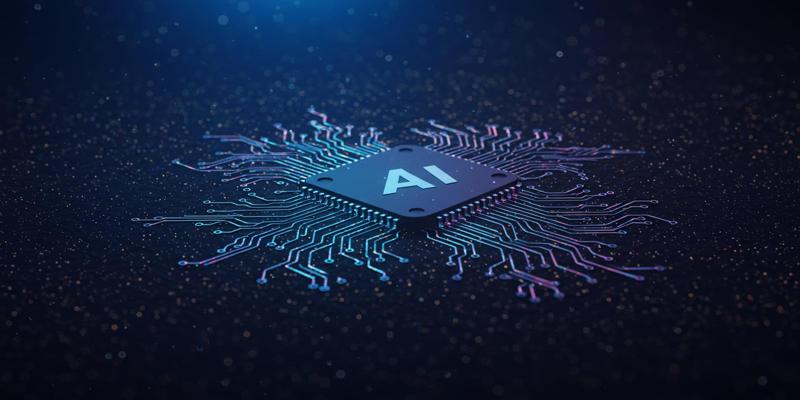System failures often strike without warning—apps crash, users face slow loading times, and teams scramble to find the issue. This highlights the need for better system visibility. Observability platforms revolutionize how teams monitor, troubleshoot, and optimize infrastructure. This guide explains observability, how it differs from monitoring, and key platform features to help your organization stay ahead.

Observability refers to your ability to understand the internal state of a system based on the data it generates. Unlike traditional monitoring that focuses on predefined metrics, observability provides comprehensive insights into system behavior through three core pillars: metrics, logs, and traces.
Think of observability as having X-ray vision for your technology stack. While monitoring tells you something is broken, observability shows you exactly where, why, and how to fix it.
Many people use observability and monitoring interchangeably, but they serve different purposes. Understanding these differences helps you choose the right approach for your needs.
Traditional monitoring works reactively. You set up alerts for known issues and wait for notifications when thresholds are breached. Monitoring answers the question "What is happening?" but struggles with complex, distributed systems where problems can stem from unexpected interactions.
Observability takes a proactive approach. It collects comprehensive data from all system components, enabling you to investigate unknown problems and ask questions you haven't thought of yet. Observability answers "Why is this happening?" and "How can we prevent it?"
Modern observability platforms combine multiple capabilities into unified solutions. Here are the essential features to look for:
Effective platforms automatically collect telemetry data from applications, infrastructure, and services. They support various data formats and integrate with popular programming languages, cloud providers, and third-party tools.
Advanced query capabilities let you analyze data as it arrives. You can filter, aggregate, and correlate information across different data types to quickly identify patterns and anomalies.
Interactive dashboards transform raw data into meaningful insights. Charts, graphs, and heat maps help you understand system performance at a glance and share findings with stakeholders.
Smart alerting reduces noise by focusing on actionable issues. Machine learning algorithms can identify unusual patterns and send notifications through your preferred channels—email, Slack, PagerDuty, or mobile apps.
For microservices and cloud-native applications, distributed tracing capabilities track requests across service boundaries. This feature is crucial for understanding performance issues in complex architectures.

Organizations that adopt observability platforms typically experience several key advantages:
When issues occur, observability platforms provide context-rich data that accelerates troubleshooting. Instead of checking multiple tools and systems, teams access all relevant information in one place. This reduces mean time to resolution (MTTR) and minimizes business impact.
Proactive monitoring helps identify potential problems before they affect users. By understanding normal system behavior, you can spot deviations early and take preventive action.
Developers spend less time debugging and more time building features. Observability platforms provide the insights needed to optimize code, identify performance bottlenecks, and validate changes in production environments.
System reliability directly impacts customer satisfaction and revenue. Observability platforms help maintain high availability, ensure fast response times, and deliver consistent user experiences.
Implementing observability platforms comes with potential hurdles. Being aware of these challenges helps you prepare and plan accordingly.
Modern systems generate massive amounts of telemetry data. Without proper filtering and sampling strategies, you might face storage costs and analysis paralysis. Start with critical services and gradually expand coverage. Use sampling techniques to manage data volume while maintaining visibility.
Many organizations use different tools for metrics, logs, and traces, creating silos and inefficiencies. Consolidated platforms that handle all three data types reduce complexity and provide better correlation capabilities.
Observability requires new skills and mindsets. Invest in training for your team and consider starting with simpler implementations before tackling advanced features. Many platform vendors offer educational resources and professional services to support adoption.
Selecting an observability platform depends on your specific requirements, but several factors should guide your decision:
Ready to implement an observability platform? Follow these steps to ensure successful adoption:
Observability platforms continue evolving with new technologies and methodologies. Artificial intelligence and machine learning capabilities are becoming standard features, automatically detecting anomalies and suggesting remediation actions.
Integration with DevOps and site reliability engineering practices is deepening, making observability an integral part of software development lifecycles. As systems become more complex and distributed, observability platforms will play an increasingly critical role in maintaining digital services.
Observability platforms revolutionize how organizations manage their technology by offering deep visibility into system behavior. They enable faster issue resolution, enhance reliability, and improve user experiences. To implement successfully, set clear goals, choose the right platform, and promote data-driven decision-making. Start by assessing your current monitoring gaps, then explore a proof of concept or free trial with leading vendors to experience the benefits firsthand without major upfront costs.

Explore how Advanced Topic Modeling with LLMs transforms SEO keyword research and content strategy for better search rankings and user engagement.

How to evaluate Agentic AI systems with modern metrics, frameworks, and best practices to ensure effectiveness, autonomy, and real-world impact in 2025.

AIOps redefines IT operations by leveraging AI to reduce costs, enhance efficiency, and drive strategic business value in a digital-first world.

Selector is a versatile platform for anomaly detection and network security, using advanced AI for precise threat identification and prevention.

How IT monitoring platforms enhance system reliability, enable faster issue resolution, and promote data-driven decisions.

How AI-powered automation is transforming network operations, delivering efficiency, scalability, and reliability with minimal human intervention.

How AI enhances forecasting accuracy while addressing limitations like rare events and data quality through human-AI collaboration.

Find out how to stop X from using your posts to train its AI models.

Explore how ChatGPT’s AI conversation feature works, its benefits, and how it impacts user interactions.

How data mining empowers businesses with insights for smarter decisions, improved efficiency, and a competitive edge.

Google’s Gemini Live now works on most Android phones, offering hands-free AI voice assistance, translations, and app control

Google’s Gemini 2.0 boosts AI speed, personalization, and multi-modal input with seamless integration across Google apps